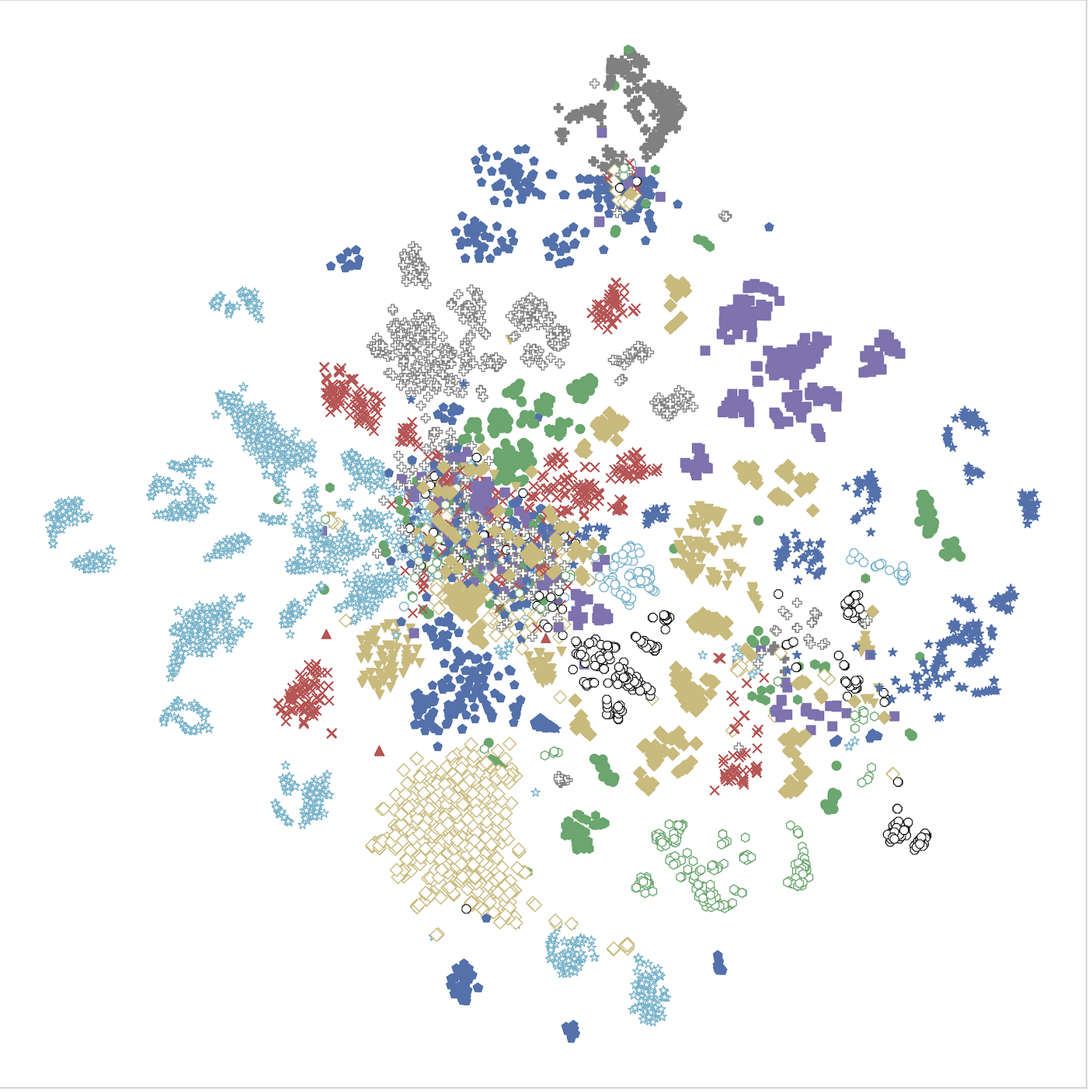
To address this issue, researchers at the State University of New York at Buffalo will improve the CTI HIE’s ability to identify HNHC patients and facilitate cross-sector transition care management, implement the revised tool at remote practice sites, and evaluate its impact on patient burden, care team collaboration, and utilization value.
The specific aims of the research are as follows:
- Expand the scope of the CTI to: a) include the social and behavioral health sectors as equal partners in managing HNHC patients during care transitions, and b) implement it at remote practice sites.
- Further develop the CTI’s HIE capability to: a) segment the HNHC population with specific cross-sector needs into four subsets of the population with chronic conditions, and b) expand knowledge transfer between health and social sectors through personalized care alerts and comprehensive shared care planning.
- Evaluate the impact of the personalized cross-sector transitional care management (PC-TCM) project using HIE on patient burden and equity, care team empowerment and collaboration, and utilization value.
To achieve these aims, the research team will partner with a community-based organization, a primary care organization, and a behavioral health organization, all of which share patient data electronically. The researchers will conduct a mixed methods study including chart reviews, interviews with patients, and observations of clinical staff to inform revisions to the CTI tool. The revised tool will then be implemented at three community health centers to evaluate the impact of the intervention on cross-sector communication and care planning, treatment burden, and utilization outcomes and continuity.
The findings of this research will inform future cross-sector initiatives to meet the quintuple aim of ensuring equity, improving the quality and continuity of care, enhancing the patient experience, reducing costs, and avoiding readmissions for HNHC patients.